We’re at the precipice of a big change around many industries. The idea of big companies to rule them all, and the means in which we achieve that, are all coming under question.
It’s not to say that big businesses don’t serve a purpose, but in the age of digitally-enabled agility and entrepreneurship, the story is no longer about “how big can I grow this,” but rather how can my size and agility allow me to “create the best work?”
Norgram is comprised of Sebastian Gram & Mathias Høst Normark. The agency’s name is a derivation of both of their last names… not unlike the publication you’re reading right now.
Despite being a small and nimble two-man operation, Norgram has quickly built-up an enviable list of clients, including Scandanavian homewares brand Muuto, Ikea, and Ikea’s experimental research and design lab, Space10.
We spoke with Mathias over a crisp spring day in Copenhagen as he spoke about the development of digital design through traditional print, the influence of Danish design on the Norgram philosophy, the, of course, challenges of running a small, two-man studio.
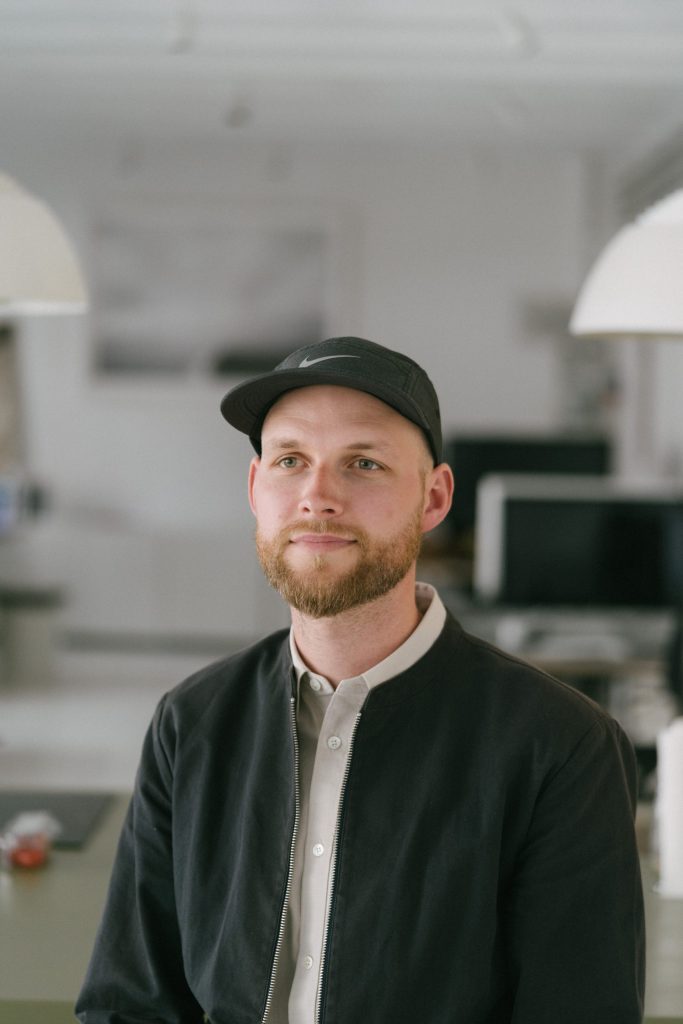
Mathias Høst Normark
Mathias Normark: My name’s Mathias, and ultimately I’m a designer, but I also run a company called Norgram with my partner Sebastian.
Essentially what we do is design, but we’re primarily focused on the intersection of brand identity and digital work. What does that mean? We do brand identity and assess how it touches digital interfaces and platforms.
Eugene Kan: Is that an intersection you guys stumbled into, or is it something that has always existed since the beginning of the internet?
Mathias: We came upon this idea maybe ten years ago? Sebastian and I were working at a digital agency that was very focused on the execution and production of digital campaigns.
We would quite often receive brand identity work from extremely good but classic design agencies or studios. I’m also trained as a traditional graphic designer in print, and when you have these identity agencies doing really beautiful, well-crafted work, they’re not capable of executing on the digital side.
So these digital companies, often founded by people from the tech side, would come in and execute, but in the process, you’d lose some of the nice aspects of graphic design.
That was ten years ago, and I’d say the gap has closed a lot. But there’s still a lag between digital designers including self-taught digital designers who miss the craft of classic Danish or Swiss design. The people who are focused on digital design maybe don’t get the crafting right. You could say we’re very picky, but it’s something we care a lot about.
Eugene: Do you think a bit of art is lost when design is introduced into the digital realm, and we’ve distilled everything down, or quite closely anyways, to the lowest common denominator? Are we missing out on a lot of details and nuances?
“Before starting, I was in the mindset of ‘is this even possible?’ It can be scary even if you know the agency set-up and going about this with two people isn’t some super crazy journey if you have experience. But my main worry was simply, can we get projects? ”
— Mathias, on launching his new agency.
Mathias: Print goes at a certain pace, and it’s going to be as it is. The internet, you can change it all the time. Most companies work with data, so they try to do A/B tests, and sometimes the craft and the aesthetics of design don’t necessarily get put at the highest positioning because they’ll change it again depending on what works.
If you have modules and components, the craft also gets lost as the client starts to use the design themselves, and it’s no longer the designer controlling them.
Another thing if you do print, you get a designer to craft something, and then you print it. When you go through a digital process, you not only craft and design the visual aspects, you also have a full journey and interaction patterns you need to think about. Then the client needs to be involved on the technical side alongside the testing site, accounting for browser limitations, and so on. There are so many levels and processes that intentions can get lost.
Eugene: One thing you mentioned earlier was a sense of regional identity, whether it be Danish or Scandinavian-inspired.
Mathias: It’s a really interesting conversation, and I haven’t really reflected on it that much in terms of who we are. What we do is digital-based, and you could say that Scandinavian and Danish design is not known for digital design. In terms of design consciousness, most people think of architecture, product design, and industrial design.
People do think about digital design, but it’s not in the same lane of physical. What I do think is a good thing, is that the culture that we’re brought up within means we’re surrounded by 1960s Danish furniture, the work of famous architects, and many who helped make Scandanavian design popular.
You grow up in a way where function is treated as an extremely important ingredient in design and sometimes, maybe more than the aesthetical part. I think what’s interesting and reflects well who we are is this focus on functionality. You strip away a lot of things, and the aesthetic that comes out of that tends to be something that’s quite minimal, quite sophisticated, but also understandable, relatable, and something you can quickly grasp.
Again, I think that’s something we’re brought up with, but it doesn’t necessarily reflect everything about us at the studio.
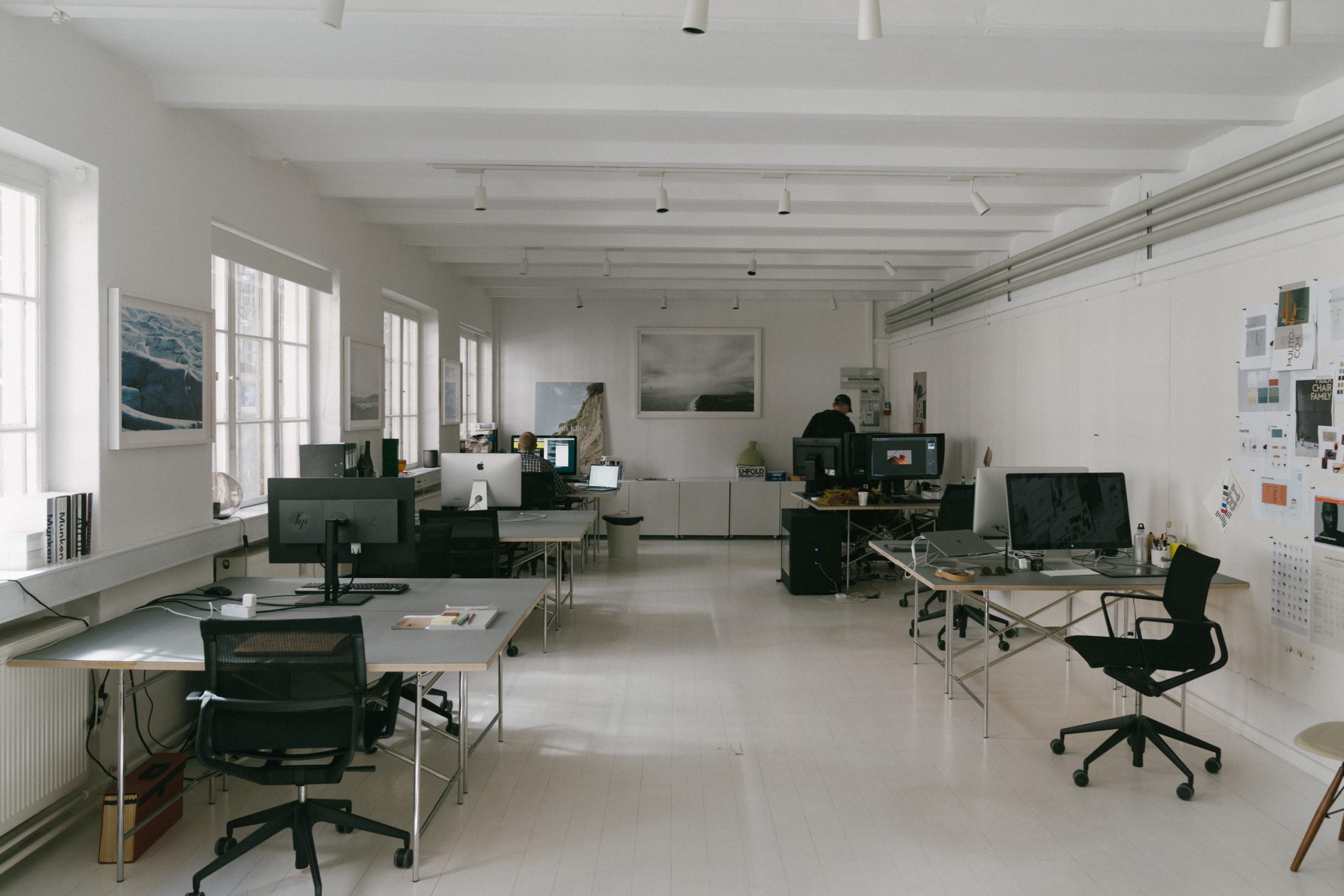
Norgram’s office in Copenhagen.
Eugene: How would you then explain what you guys do?
Mathias: Essential. I’m not sure I can put that into one word, the aesthetics of it, but it’s focused on the core. From a brand side, it would mean telling authentic stories, and if it’s from an app side, it would probably be focused on one thing. For us, we believe that if we can make something essential, it becomes usable and understandable and the type of design we like to enjoy and surround ourselves with.
Eugene: You guys have an international array of clients. How do you guys balance the sort of personal identity you guys have, growing up in a culture with a strong design heritage, while understanding the goals of global companies?
Mathias: We rarely work on projects that are focused on only being launched in Scandinavia. So that means that even though the company we work for might be in Scandinavia or the US, it’s an international mindset. Sometimes it brings up some challenges. I would say the majority of the time it works quite well, especially with American clients, because I think for them, they quickly see a clear picture and what we do in ways that they maybe haven’t seen before. That’s a pro.
Then we have some challenges on how to define the essentials. From a cultural side, in Scandinavia, things are often black and white (in color), and more melancholic. In America, Asia, and even within say China and Japan, they’re all used to different things.
It’s about how clients perceive things as well as the people who will interact with these projects. There are times where it’s figuring out how close we stay to our DNA on a scale and how far we move to accommodate the range of people who will use the product.
“When you start your own company you need to find business and there aren’t many requests in the beginning. You can’t say ‘no’ to everything and so there’s the balance of learning to say no but also figuring out the potential in a project. Is it going to teach us something about business or a new type of subject. It opens us up to new perspectives.”
Eugene: Are the projects that you got excited about at the formation of Norgram, the same types of projects you’re excited about now, or has that changed?
Mathias: It changes all the time, actually. As I was talking about it before, ten years ago, and before starting Norgram, it was primarily just web, with websites. That was before you would even do mobile sites or responsive experiences. Then apps appeared, and all of a sudden, everybody wanted to have an app, but they didn’t know why they wanted an app and what to use it for. It’s like that with new technology.
It’s the same with AR, but what’s the use case, right? What’s interesting is throughout our careers, there’s a general shift, not only in our focus and who we are and what we’re good at, but especially around how digital design has developed into a way bigger role as not only in the creative industry, but you see it in financial sectors, like Goldman Sachs hiring designers.
It used to be that everything was so focused on an end product, like a website or an app, whereas now I would say 70% of the work we do in our studio might never come out. It might never result in us having like a case study on our website, or it might not even hit an end consumer. I think partly because what we are extremely good at is defining a direction and finding the DNA and again, what is ‘essential.’ It means figuring out the forms and language. With what’s happening in the industry, it has pulled us towards projects that are way more focused on innovation.
Eugene: What does that look like from a workflow perspective?
Mathias: Since we’re very intent on being a two-person agency, it means that we work very closely with, let’s say Ikea’s innovation lab, Space10, where we become the design partner and plug ourselves into their team.
Often strategy or a core concept has been developed. After a lot of decks, documentation, and writing, we’re pulled in to actually challenge it. It means figuring out the actual ideas and hindrances of the concept.
Here, design then becomes a tool for testing the strategy and provides new questions and also answers as to how you move forward. That’s where I think design has increasingly become a strong use case. By making something visual, we can all relate to it rather than just words that we understand in different ways.
Obviously, we can interpret design in different ways, but being able to see and visualize a scenario, be it a brand or a digital product, it gives us more commonalities and things to talk about.
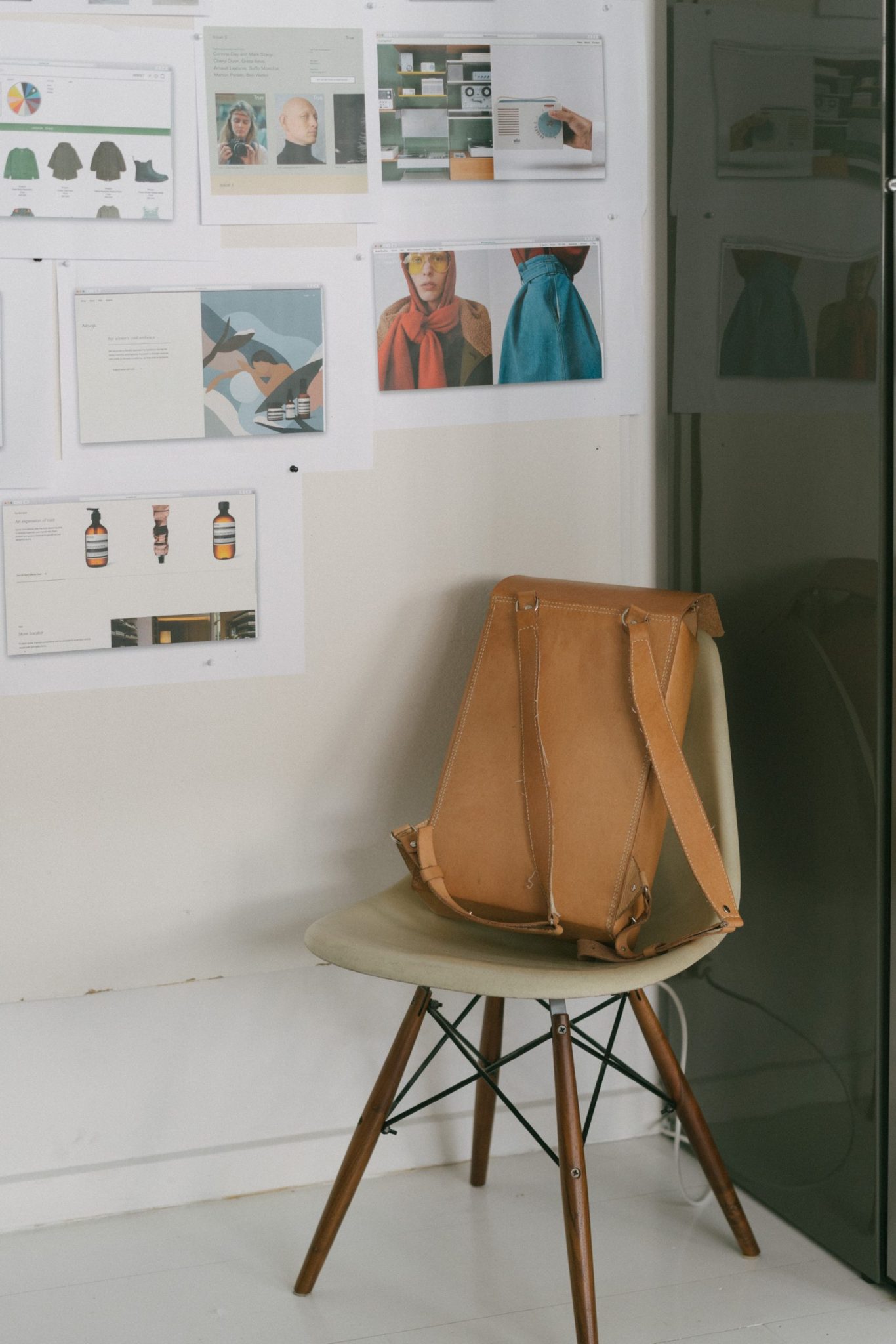
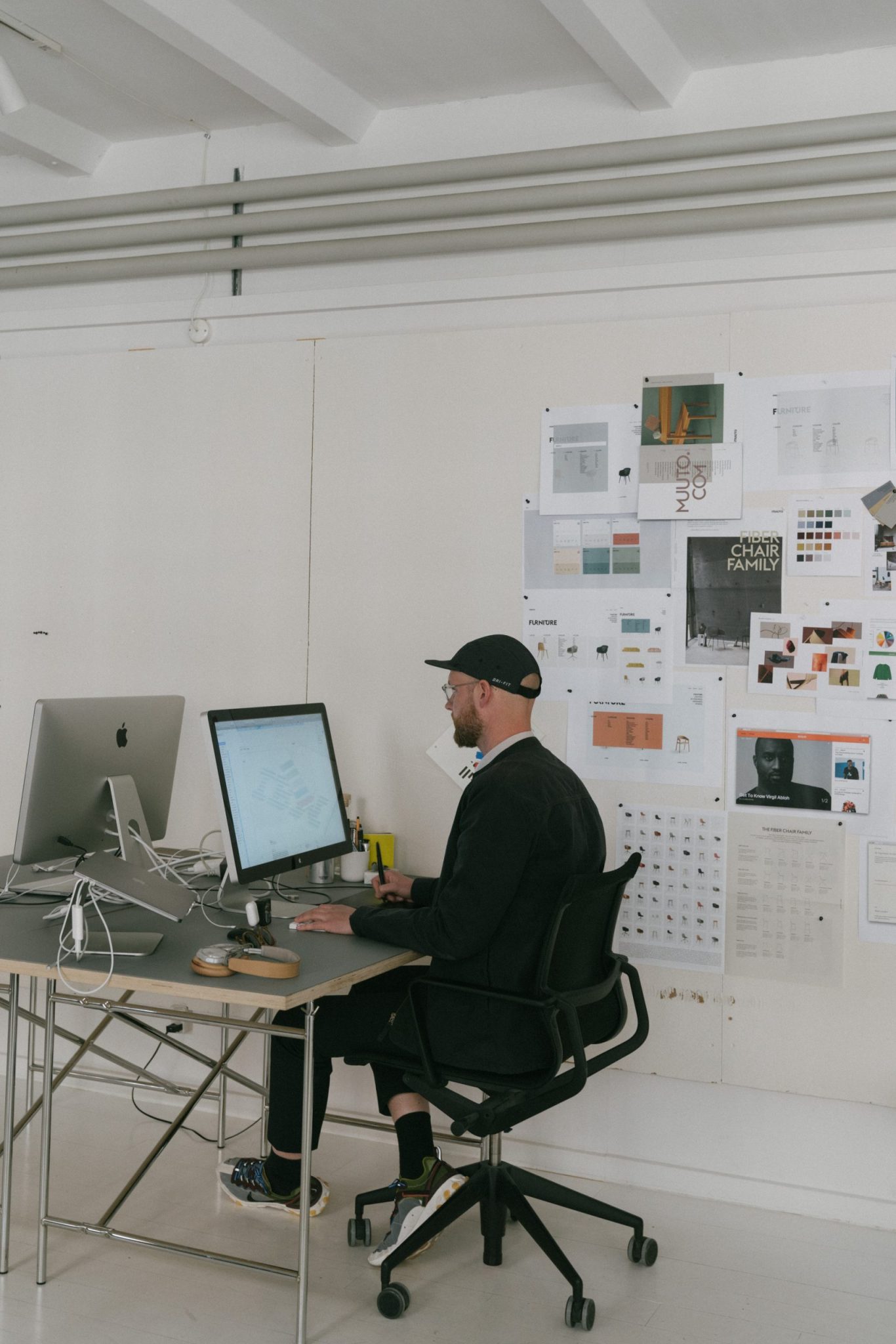
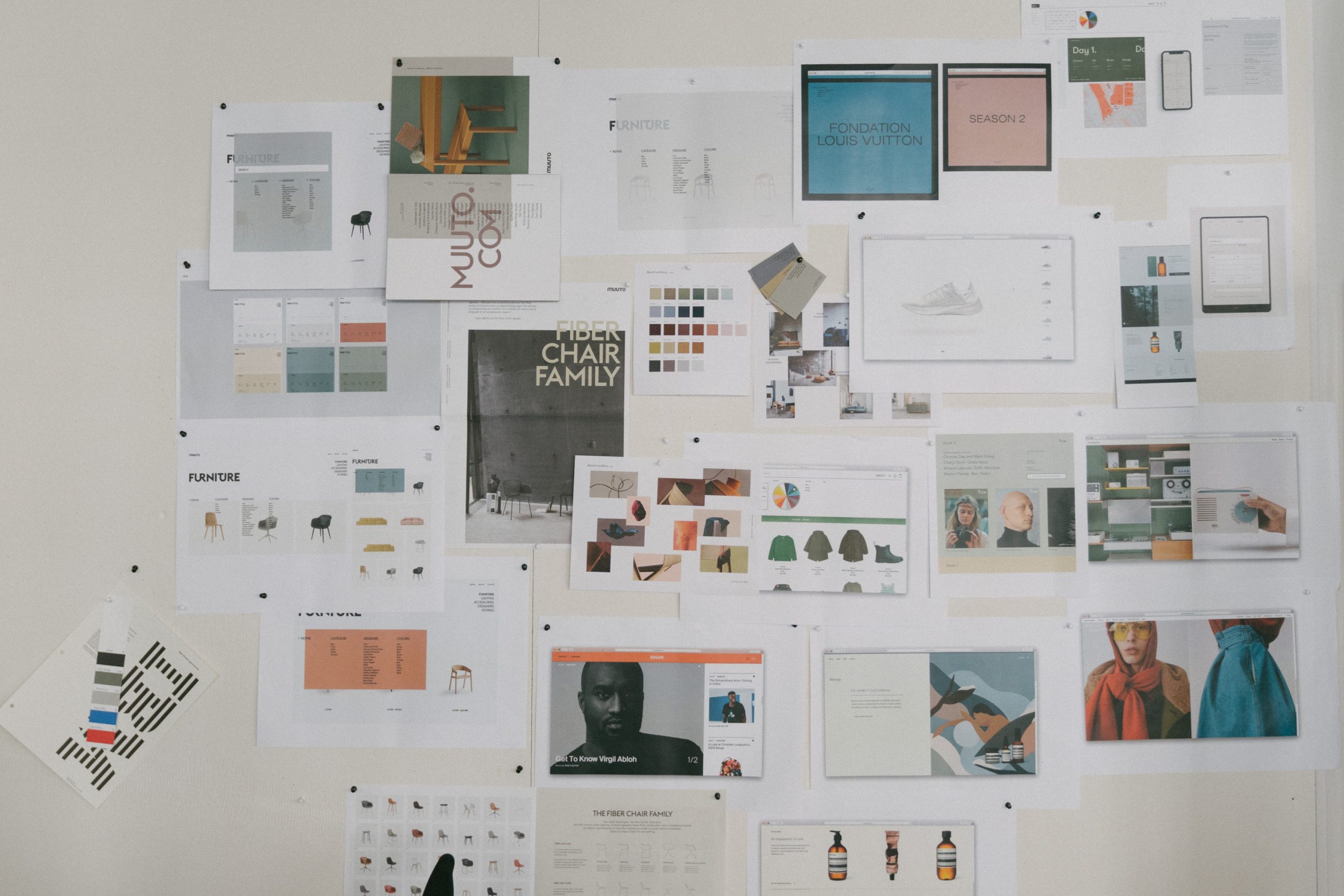
Eugene: When you go through that process, how do you enhance your curiosity to be prepared to poke holes and challenge ideas?
Mathias: We do have a formal process per se, but I actually wouldn’t say that’s the one poking the holes. It just provides a bit of structure, actually. But as I mentioned, our own heritage, culture, and focus on essentials serve as the backbone.
Our most important tool to come out of that is our gut feeling. If we’re not able to understand it ourselves, or it doesn’t feel right to us, then we can’t work with it first of all. It’s hard to believe in it yourself. We really focus on breaking it down as human beings and articulate it through our craft. It doesn’t mean our gut feeling is the truth every time, but it’s where things start. We find direction within that, and we start to look at the parallels to that and see how things start to match up.
Eugene: With a small team, there probably isn’t a need to really crystallize or scale that just yet beyond a gut feeling? You haven’t been forced to distill it yet.
Mathias: I think you’re completely right. That’s something we are trying to do at the moment actually, just because, I mean, I think our subconscious knows everything about it. Our conscience knows quite a bit, but what we articulate to others might then be less.
How do we get better at articulating that part? But then I think just as you said, we are just the two of us. We know each other really well, and we’ve been working together for the last six years, including in another agency together with many more people. If you work in a bigger studio or agency, or even a corporation, there are so many people you need to align with constantly.
And so that also means it forces you to be way more strict on processes. But being two people that know each other extremely well, we’re able to say to each other, ‘I think it’s shit, it doesn’t work. We need to try something else.’
Nobody gets offended because we know the intent is to build the best possible brand or product. And we also know that it’s only in the interest of making something that we as a company, me and Sebastian can be proud of, and that fits our DNA. It allows us, much like a relationship, to tell the truth.
The intent of building this company wasn’t so much ‘hey, let’s build a company. Let’s get 50 employees and sell it to a network.’ It was much more along the lines how do Sebastian and I collaborate every single day? How do we work with the aesthetic and the thinking of a design that we have every single day and how do we get interesting projects.
It’s not about scaling the business in that sense, but how do we increasingly get better projects, for better clients, for better budgets? Let’s say Nike calls us, not because we can take 20 projects over a year from Nike as a huge company would, but because they think that they have this one project, and it fits our thinking and aesthetic really, really well. That’s ultimately the goal we have.
Eugene: That’s interesting. It’s nice to see someone whose inherent interest is really more about passion than it is necessarily about building a business. When we started MAEKAN, I thought I was under the belief that I wanted to just to run a media company, but I think the reality is really just having a place to put ideas and thoughts into the world, at my discretion. You know, maybe that’s a little bit of the selfishness of it, but there are two different things between, taking on the responsibility of running that type of business versus simply having a platform.
Mathias: Yeah. I can relate to that. We started based on the passion for this. But the other day, I had spent three days running through legal papers and applying for different vendor setups for a client of ours. That’s the point where I’m thinking, ‘why?
Why am I sitting right here? Why isn’t someone else taking care of this?” When you build your own small business around your passion, those little elements may not seem fun in the process, but when you land that new project, and it’s your company, then it’s very exciting.
We went into this business with a passion, and now three years later and reflecting based on the companies I used to work at, I maybe didn’t value the people who did the other things enough; this means the project managers, the producers, and account people.
If you sit and design all day long as I did, you don’t see these layers of how a business or agency is run. I’ve also had to think about this super basic thing, but that has always challenged me, ‘when do you say no to something?” Before we started, it was easy, “oh, they’re not completely right,” or “it doesn’t feel right, we should do something better.’
But when you start your own company, you need to find business, and there aren’t many requests in the beginning. You can’t say no to everything, and so there’s the balance of learning to say no but also figuring out the potential in a project. Is it going to teach us something about business or a new type of subject? It opens us up to new perspectives.
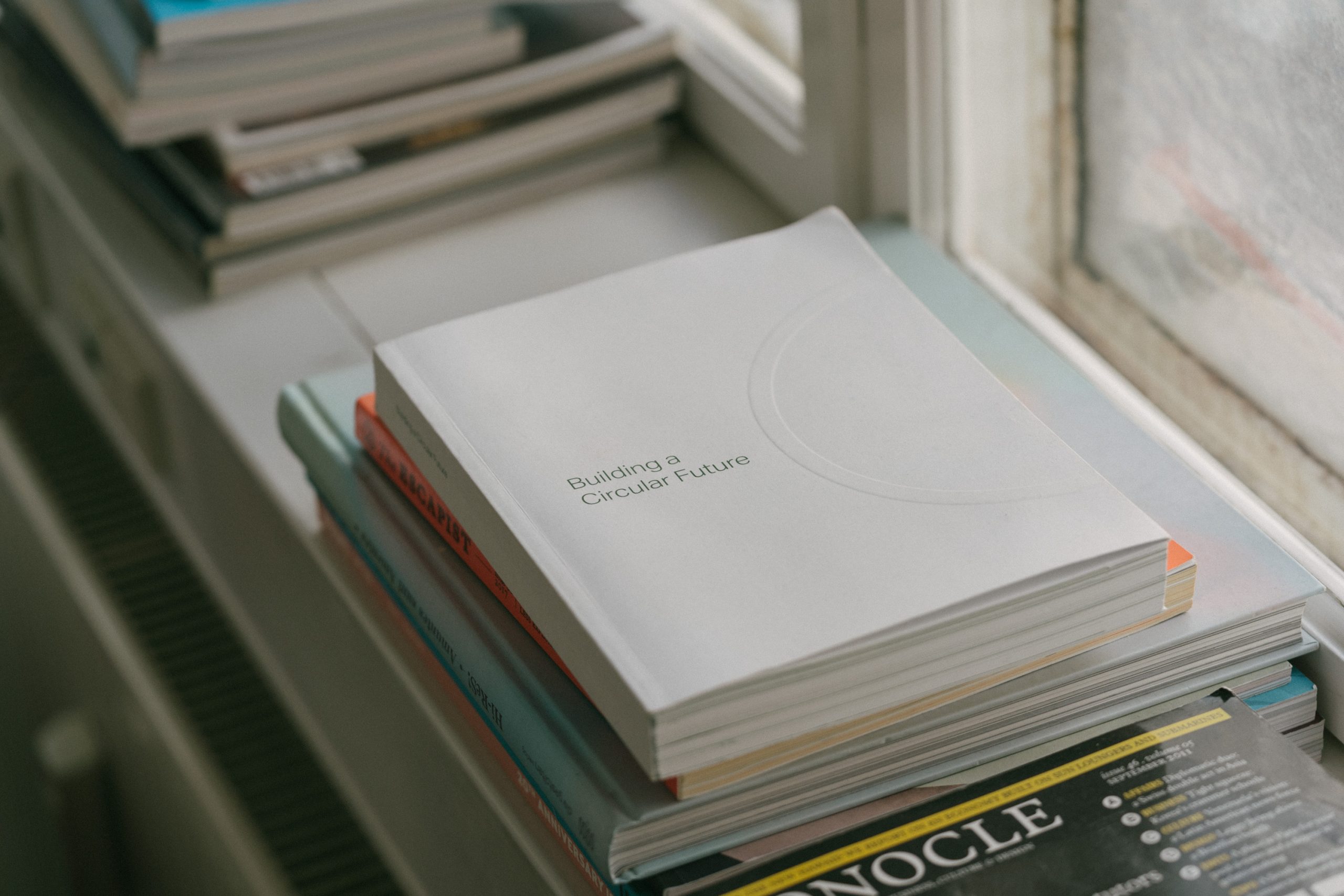
Eugene: Before starting Norgram, what did you think it’d be like and what has been the reality of operating it?
Mathias: Before starting, I was in the mindset of ‘is this even possible?’ It can be scary even if you know the agency set-up and going about this with two people isn’t some super crazy journey if you have experience.
But my main worry was simply, can we get projects? We’re designers, and our network is primarily other designers. None of us were account execs or business developers, and to be honest, both of us are pretty introverted. We enjoy sitting in front of our screens or with our notebooks and actually crafting things.
We were worried about getting out there. In our previous agencies, we had big and interesting clients. And now, as we started our own little company, we had to take a few steps back and work for brands and companies that potentially weren’t as interesting as we were used to. But even before that, we weren’t even there.
My first worry in the first year was, is this actually possible? Then as the second year comes and things are a bit smoother, and you build a bigger base. You might worry a few times and then by the third year we feel a lot more comfortable.
We’re a lot more focused on the reasons why we started the company and our own DNA cause we’ve proved that it is possible to bring our DNA forward and apply it. It’s a constant process that we’ll be ongoing for ten years as we figure it out. But like you guys, it’s about getting our passion out and having our own platform for that.
The other big thing I touched upon is the pragmatic nature of just getting clients, and how do you get paid? That’s in part based on getting out of your comfort zone. To be honest, there was a point that I was far too much in my comfort zone, and now I’m stepping out again. Suddenly you have this fire, and you have this newfound energy and ambition.
Then you’re brought back to earth, and you think ‘can we achieve this with only two people?’ It’s constantly up and down, and with your own business, you need to balance your own mind on multiple levels. It’s not only if you have a successful project that looks nice, but there’s the business side, and finally, the personal aspect of ‘am I happy doing this? Does it sacrifice things that I don’t want to sacrifice?’ You could say it’s a constant development.
“By making something visual, we can all relate to it rather than just words that we understand in different ways. Obviously we can interpret design in different ways, but being able to see and visualize a scenario be it a brand or a digital product, it gives us more commonalities and things to talk about.”






























